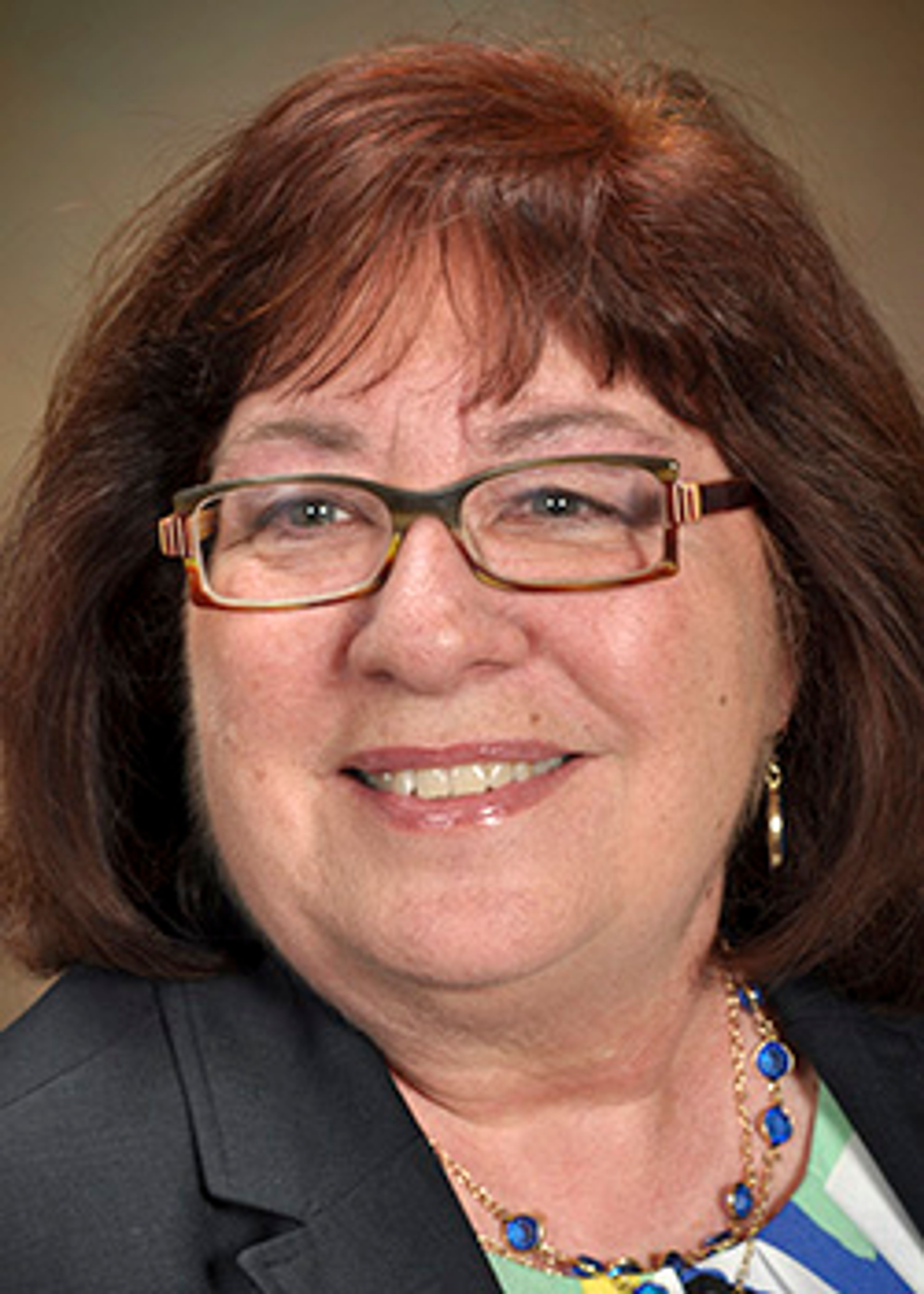OPINION: Bold moves in Boise: School choice gaining ground
Commentary by Dale Courtney
Idaho’s 2025 legislative session opened with a bold push for education choice, as leaders and citizens debated giving families more control over their children’s education.
The Education Choice Policy Forum, hosted by the Mountain States Policy Center (MSPC) in the Capitol’s Lincoln Auditorium, brought together more than 160 participants to explore bold directions in education reform. I attended virtually, but the passion for transforming Idaho’s education opportunities was unmistakable.
The featured speaker was former Arizona Gov. Doug Ducey, a trailblazer in advancing education savings accounts (ESAs) and school choice. Under his leadership, Arizona became the first state to implement universal school choice, allowing all K-12 students access to ESAs. Ducey highlighted how these accounts empower families to tailor education through private schools, tutoring and other options. By 2024, more than 75,000 Arizona families participated, with numbers growing.
Ducey emphasized that school choice enhances public education rather than undermining it. He shared data showing that Arizona’s district schools thrived alongside expanded options like charter schools and ESAs, with increased funding and improved performance driven by competition. He called this dynamic a “rising tide that lifts all boats,” noting that families gain the flexibility to choose the best fit for their children while public schools are incentivized to innovate and excel.
Ducey called school choice a matter of equity and urged Idaho lawmakers to act. He stressed the importance of giving every family — regardless of income or location — the ability to access quality education, calling it the civil rights issue of our time. By empowering parents and fostering localized innovation through options like micro-schools and charters, Ducey argued, Idaho could build on Arizona’s success and ensure all children have a fair shot at success.
Rep. Wendy Horman announced a comprehensive school choice proposal during the event, centered on a refundable education choice tax credit. It’s important to note that the proposed tax credit is not a voucher, despite ongoing efforts by some to frame it as such. Key elements of the plan include:
Eligibility: Families can receive up to:
- $5,000 per child for general education-related expenses.
- $7,500 for special needs students, providing additional support for unique requirements.
Covered Expenses: The tax credit can be used for:
- Tuition at private schools, micro-schools, or learning pods.
- Homeschooling, tutoring, curriculum, textbooks, transportation and test preparation.
Priority for Low-Income Families:
- Initial allocations will go to families earning below 300% of the federal poverty level.
- Full-time public-school students are not eligible, maintaining the program’s focus on alternative education options.
Safeguards and Accountability:
- Budget Cap: The program is limited to $50 million annually, with any increases requiring legislative approval.
- Public School Budgets Unaffected: Horman emphasized that funding for this program would not come from existing public-school budgets.
- Instructional Standards: Participating nonpublic schools must provide instruction in core subjects, including English language arts, math, science and social studies.
Horman framed the proposal as a critical step toward equity in education, ensuring families across Idaho — regardless of income or location — can choose the best educational environments for their children without impacting public school budgets.
These proposals align closely with the findings of a 2024 Idaho poll, conducted by Scott Rasmussen’s RMG Research, which revealed robust bipartisan support for an education choice tax credit. According to the poll, 66% of Idahoans favor a tax credit for families educating children outside the public school system, with 34% strongly in favor compared to just 13% strongly opposed. The data also showed broad political support, with 73% of Republicans, 61% of independents and even 53% of Democrats backing the idea, reflecting widespread agreement on the need for school choice.
MSPC President Chris Cargill noted that support for school choice programs increased by five percentage points since the last poll in December 2022, showing growing momentum among Idaho voters. Cargill stressed that these numbers give legislators a clear super-majority mandate from their constituents, making the alignment between legislative leaders and the governor’s office a timely and critical opportunity to enact change.
Education choice is no longer a distant idea but a pressing opportunity for Idaho to empower families, foster innovation and strengthen schools. Momentum from the 2025 session, backed by bipartisan support and Arizona’s model, prioritizes students over systems. Families deserve the freedom to tailor education to their children’s needs, regardless of income or location. Idaho’s leaders must seize this moment to expand options and deliver meaningful reform. The future of our children — and the state’s educational legacy — depends on embracing bold solutions that ensure every child has the chance to succeed.
Courtney served 20 years as a nuclear engineering officer aboard submarines and 15 years as a graduate school instructor. A political independent, he spends his time chasing his eight grandchildren around Moscow.









